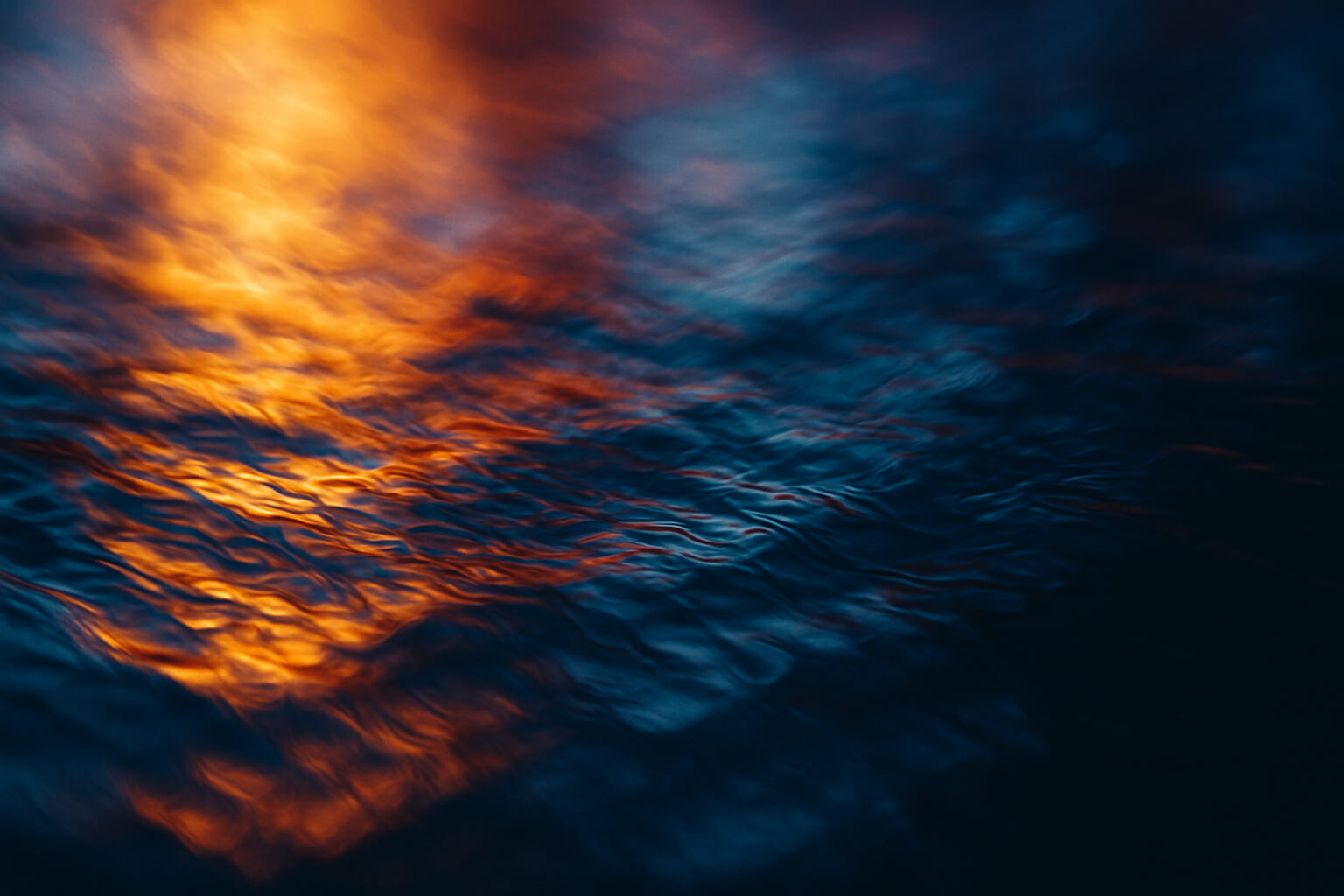Abstract photography is all about capturing unique perspectives, emotions, and impressions rather than representing a literal scene. It encourages creativity and experimentation, allowing you to break free from traditional compositional rules. Whether you’re working with natural elements, textures, or shapes, abstract photography opens a world of creative possibilities.
If you’re interested in mastering abstract photography, here’s a detailed guide to help you get started, including tips on equipment, techniques, and editing.
1. Gear and Equipment
For abstract photography, the gear you choose can significantly impact your creative freedom. While any camera with manual settings will work, consider the following:
- Camera: Any DSLR or mirrorless camera with manual settings will give you full control over your exposure and composition. If you're a beginner, you can also use the best camera for beginners in 2025.
- Lenses: A variety of lenses can create different effects for abstract images. Wide-angle lenses can exaggerate perspective, while macro lenses capture intricate textures in close-up shots. Learn about the best lenses for portrait photography and experiment with them for abstract portraits or textures.
- Tripods: A sturdy tripod ensures stability during long exposures or when shooting with slow shutter speeds. Check out best tripods for travel and studio photography in 2025 to choose one that fits your needs.
2. Experiment with Light and Shadows
Lighting plays a significant role in abstract photography. It can change the mood of the image and help highlight shapes, textures, and colors in creative ways.
- Natural Light: Use natural light during golden hour to create soft, diffused light that can add warmth and subtlety to your images. Learn more about how to use natural light for stunning photos.
- Artificial Light: Experiment with different artificial light sources, such as flashlights, LEDs, or even desk lamps. Using colored gels can add an extra layer of creativity. Explore how to use artificial lighting to experiment with light in your abstract shots.
- Shadows: Shadows can transform everyday objects into intriguing abstract subjects. Try positioning your light source at different angles to cast interesting shadows on textured surfaces.
3. Composition and Framing
Abstract photography often thrives when traditional rules of composition are bent or broken. However, a few foundational techniques can help you get started:
- Rule of Thirds: While you can play with composition, starting with the rule of thirds can help you place the most important elements in your frame and create a balanced image.
- Close-Ups and Detail Shots: Focus on the small details of a subject, like textures, patterns, and colors. Get up close to a piece of fabric, a plant, or even a wall to capture hidden beauty. For extreme detail shots, consider using a macro lens.
- Minimalism: Sometimes less is more. Leave negative space in the frame, focusing only on a single subject or pattern. This technique often creates more powerful, thought-provoking images.
4. Embrace Motion and Blur
Sometimes, movement can create the most interesting abstract photographs. Slow down your shutter speed and capture the motion of people, vehicles, or objects.
- Long Exposure: Use long exposure photography to blur movement in your images. This technique works well with water, clouds, or moving vehicles, creating abstract streaks of color and light.
- Motion Blur: Capture the dynamic motion of moving objects or people. A slow shutter speed can give the appearance of ghost-like figures or flowing light, perfect for abstract art.
5. Editing Your Abstract Photography
Editing is where you can push the boundaries of abstraction even further. Use post-processing techniques to accentuate colors, contrast, and textures.
- Color Grading: In post-processing, color grading is an excellent way to enhance the mood and tone of your abstract shots. For more details, refer to color grading in photography for tips on achieving a creative look.
- Contrast and Saturation: Adjusting the contrast and saturation can bring out the hidden details in your abstract shots. Experiment with the best photo editing apps in 2025 for more versatile editing options.
6. Creative Techniques for Abstract Photography
Once you have the basics down, experiment with other techniques to make your images truly unique:
- Reflections: Capture reflections in windows, water, or even glass surfaces. Reflections can double the visual impact and create a layered effect.
- Double Exposure: Combine two different images to create surreal, layered compositions. You can learn more about this technique in how to create artistic double exposure photos.
- Light Trails: Experiment with light trails to capture movement. This is especially effective with night photography or during urban shoots. See how to capture light trails in photography for more tips.
Final Thoughts
Abstract photography is a rewarding and experimental art form that allows you to express your creativity. Whether you’re capturing shapes, textures, or light, there’s always a new way to interpret the world around you. By understanding the equipment, mastering techniques, and experimenting with your creative vision, you can produce stunning and thought-provoking abstract images.
And don’t forget to share your abstract work online, building a personal style and brand with the help of tips from how to create a signature style in photography.
